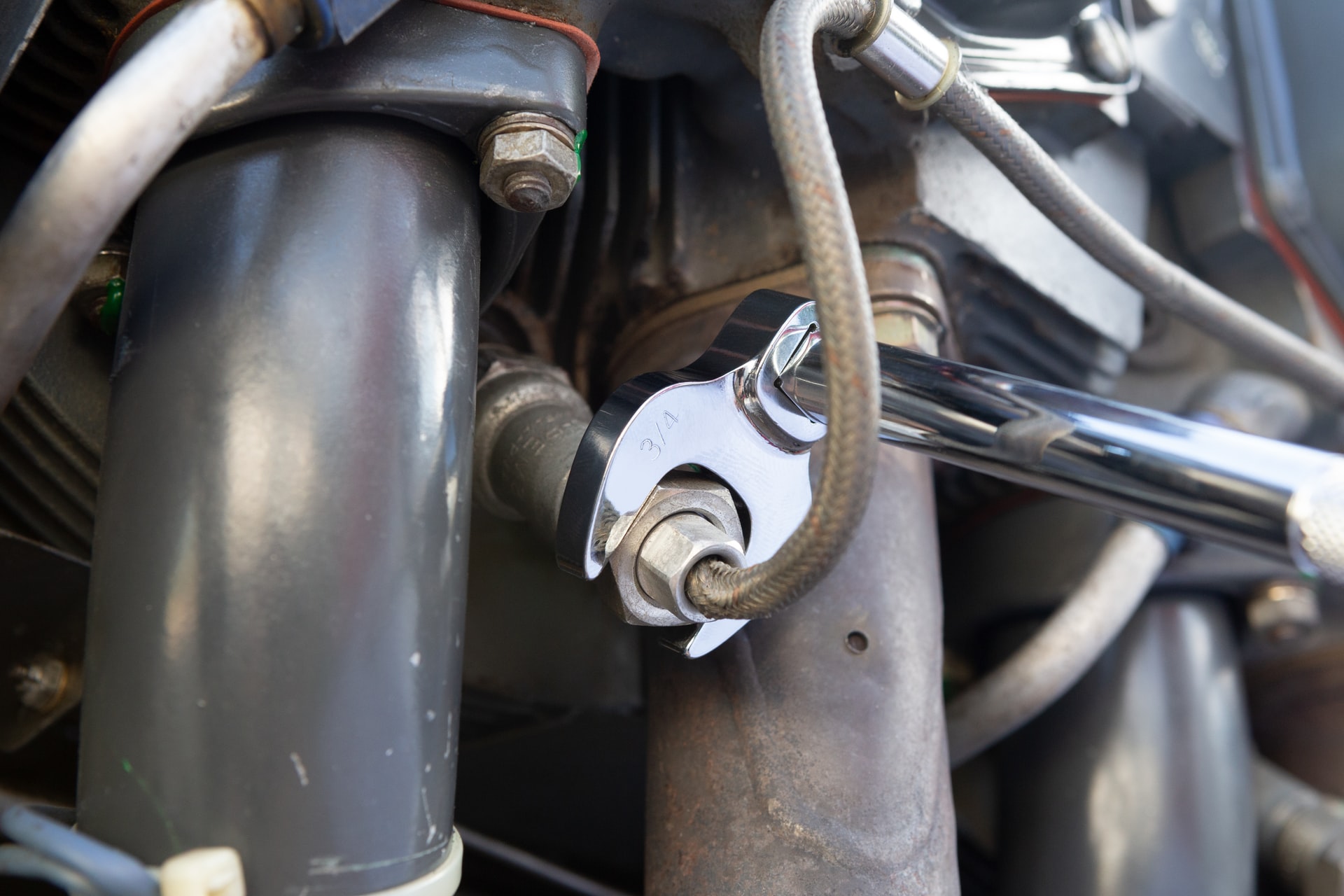If your business relies on hydraulic systems, you’ll understand that time is of the essence. Unforeseen and sudden equipment failures cause significant disruption to production lines. At the same time, leaks from hydraulic hoses are both time-consuming to remedy, and dangerous, due to the sudden release of hot liquids.
When you’re setting up your hydraulic machines, it’s vital to crimp the hoses correctly. Hydraulic systems use incredibly high pressures, increasing the risk of a hose detachment. Correct crimping will prevent this situation from occurring, as well as helping ensure the consistent flow of hydraulic fluid in the right direction, preventing backflow and blockages.
How to Crimp Hoses Correctly
Crimping hydraulic hoses needn’t be a complicated task, but it’s well worth taking the time to follow the following steps methodically and carefully, to achieve the best outcome:
1) Measure the length of hydraulic hose required and cut it precisely as required. Rough ends should be smoothed by filing and cleaned to prevent contamination.
2) Decide on the insertion depth for the hose within the right fitting. You’ll need to ensure the chosen fitting series is suitable, considering the working pressure, type, style, corrosion resistance of the material, and attachment method. At Hydrastar, we can provide expert advice to help you choose the right fitting.
Mark the insertion depth of the hose with chalk and lubricate the inside of the hose. Insert the hose into the fitting until the chalk mark is aligned with the end of the shell.
3) Select the correct crimp diameter for the hydraulic hose, and then the correct crimp die set. Crimper dies are designed for specific hoses and fittings, so use the crimper decal to verify the die set.
4) Slide the hydraulic hose into the crimping machine so that it passes through the die, until the hose fitting (but not the hose) is visible above the crimp die.
5) Place the compression ring, if required, above the crimp die.
6) Do not continue until you are wearing appropriate safety gear: strong gloves, ear protectors, and goggles.
7) Turn on the crimping machine. As the cylinder head descends, it will push the collar, which, in turn, compresses the die. Once the collar is at the bottom of the die, the machine will stop.
8) If the chalk mark on the hose isn’t at the bottom of the fitting, a good crimp will not have been achieved. If it is in the correct position, then the crimping process has been successful.
9) Check the diameter of the crimp on a flat surface and verify this against the decal. Hose assemblies with an incorrect crimp diameter should never be used.
10) Using a hose brush or compressed air, remove contaminants from inside the hose. Cap both ends of the hose with plastic caps or heat shrink caps.
By following these steps carefully, you should achieve a properly crimped hose that will offer excellent reliability in your hydraulic system. Remember, under-crimped hoses may allow hydraulic fluid to travel back up the hose, weakening it; over-crimped hoses may restrict the flow of hydraulic fluid or cause a blockage.
Contact Hydrastar for Expert Advice
At Hydrastar, we supply Gates hydraulic hose crimpers and cutting machinery, so that you can carry out your own hose assemblies, saving you time and money, and reducing equipment downtime. For more information or to obtain a quote, please get in touch.
Image source: Unsplash



